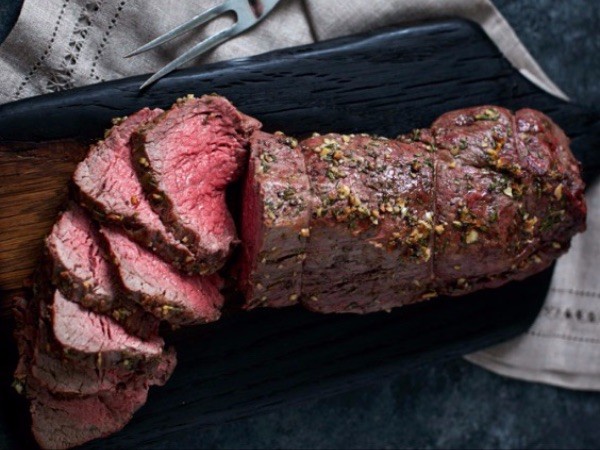SaveMore Aruba
Subscribe to our Newsletter
Subscribe with us and receive our weekly flyer, other specials and promotions.
SaveMore Aruba
Redirection notice
You will be redirected to the SaveMore International website.
Ok let's go
BEEF TENDERLOIN ROAST